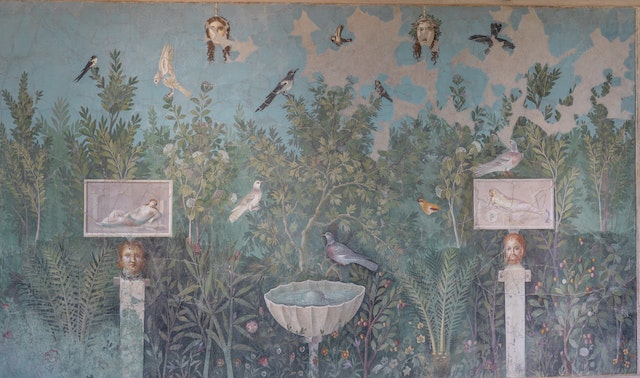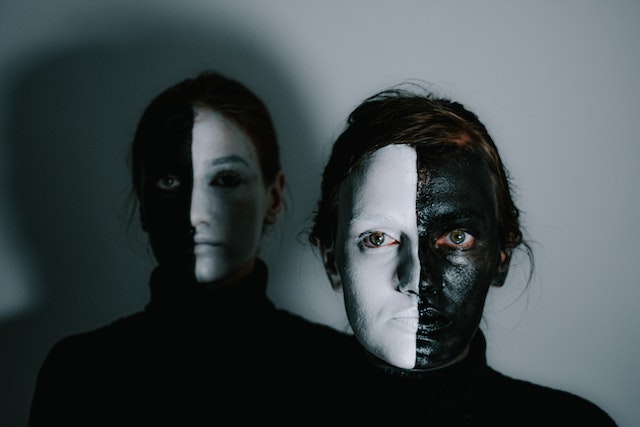
Throughout human history, art has been a fundamental aspect of our culture, serving as a vehicle for expressing ourselves and conveying our thoughts, emotions, and experiences. Beyond its cultural and aesthetic value, art plays a crucial role in the realm of psychology, offering therapeutic advantages and insights into the human psyche. This article delves into the connection between art and psychology, emphasizing the diverse ways artistic expression can support psychological well-being, healing, and personal development.
Artistic Healing: The Power of Art Therapy
A key application of art within psychology lies in art therapy, a type of psychotherapy that employs creative expression as a means for communication, self-discovery, and emotional processing. The foundation of art therapy lies in the conviction that the act of creating can be both restorative and enriching, assisting individuals in accessing and expressing their emotions, managing stress and trauma, and promoting self-awareness and personal growth.
Art therapy is especially helpful for those who struggle with expressing their emotions verbally or may be reluctant to participate in conventional talk therapy. Utilizing various artistic mediums, such as painting, drawing, sculpting, or collaging, individuals can externalize and examine their emotions, experiences, and thoughts in a safe and non-judgmental setting. This process fosters the development of fresh perspectives and realizations, ultimately leading to enhanced resilience, emotional control, and overall psychological health.
Emotional Intelligence and Self-Reflection Through Art
Art plays a vital role in cultivating emotional intelligence, which involves the capacity to recognize, comprehend, and manage our emotions and those of others. Participating in artistic activities can help individuals develop heightened self-awareness and empathy by learning to express and interpret emotions creatively.
Additionally, art promotes self-reflection and introspection, inviting individuals to investigate their inner thoughts and emotions, gaining a deeper understanding of their motivations, desires, and fears. This journey of self-discovery can result in personal growth and transformation, as individuals become more in tune with their psychological needs and establish a more robust sense of identity.

Art as a Stimulant for Psychological Resilience and Development
Artistic expression can also act as a potent coping strategy during times of stress, hardship, or trauma. Producing art offers an avenue for releasing negative emotions and processing challenging experiences, ultimately fostering psychological resilience and growth. Through the act of creating, individuals can regain a sense of control and agency, finding comfort and empowerment in their capacity to transform pain and suffering into something meaningful and beautiful.
Furthermore, engaging in art can activate the brain’s reward system and encourage the release of mood-enhancing neurotransmitters like dopamine and serotonin, helping to alleviate symptoms of depression, anxiety, and other mental health issues. This therapeutic effect is further amplified by the sense of achievement and self-efficacy derived from mastering new artistic skills and techniques, as well as the social connections and support that can be nurtured through involvement in artistic communities and group activities.
The Art-Brain Connection: Insights from Neuroscience
Recent progress in neuroscience has illuminated the neurological underpinnings of the relationship between art and psychology, offering a more profound comprehension of the influence of creative expression on the brain. Research has demonstrated that engaging in artistic activities can boost neural connectivity, stimulate the release of neurochemicals linked to pleasure and reward, and even encourage the growth of new neurons in the brain. These neurobiological effects can lead to improved cognitive function, emotional regulation, and overall mental health.
Specifically, the process of creating art has been shown to activate various brain regions involved in memory, emotion, and decision-making, such as the hippocampus, amygdala, and prefrontal cortex. This activation facilitates the integration of cognitive and emotional processes, resulting in heightened self-awareness, insight, and psychological adaptability. Additionally, the experience of interacting with art – as a creator or an observer – can initiate the release of endorphins and other neurochemicals that promote relaxation, stress reduction, and a sense of pleasure and satisfaction.
The dynamic interplay between art and psychology emphasizes the profound influence that creative expression can have on our mental and emotional well-being. From its application in art therapy to its contributions to emotional intelligence, self-reflection, and psychological resilience, art functions as an essential instrument for healing, growth, and personal transformation. By embracing the healing potential of artistic expression, we can not only enhance our lives aesthetically and culturally but also foster a deeper understanding of ourselves and the world around us, paving the path for greater psychological well-being and fulfillment.